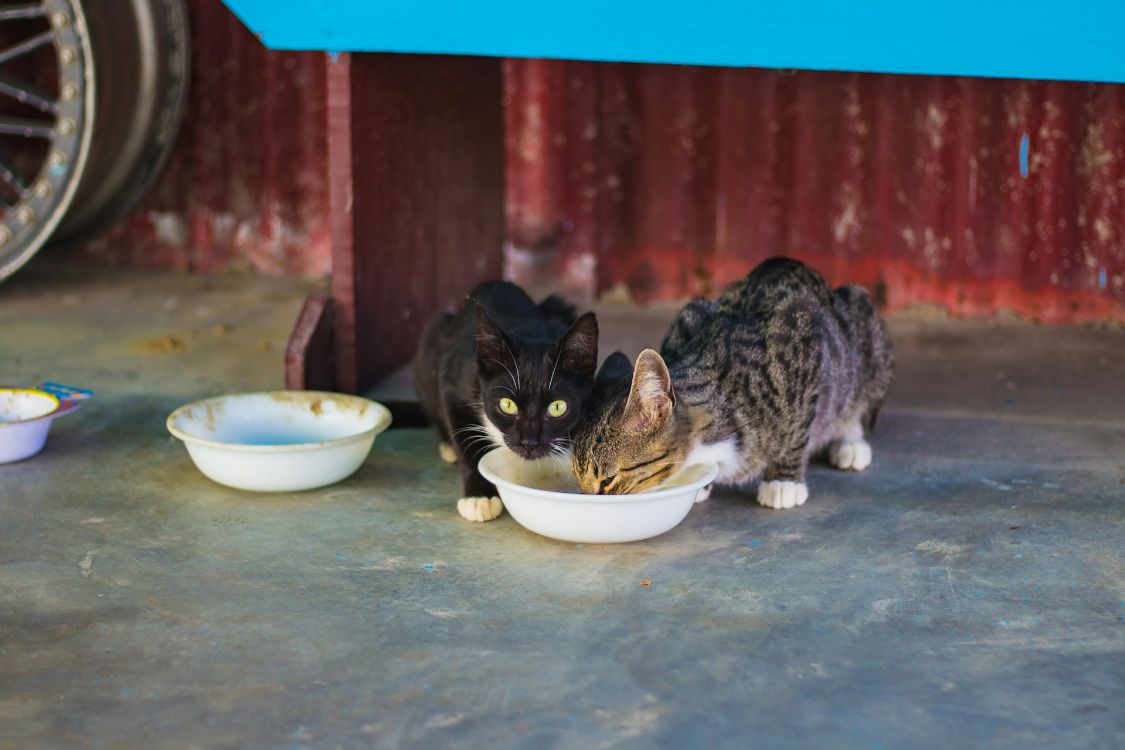
We all know that cats, with their curious nature, often accidentally swallow some inappropriate things. Once these things can't be expelled from the body in time, it may lead to serious problems in the gastrointestinal tract.
So, how do we determine if a cat has gastrointestinal obstruction and take prompt action? Let's explore two common diagnostic methods together to be well-prepared for any situation.
Observing Cat's Symptoms
After being obstructed in the gastrointestinal tract, a cat's gastrointestinal tract will accumulate a large amount of food debris or hard feces, causing defecation to become difficult. This is especially noticeable after eating.
As a result, a cat with gastrointestinal obstruction may show reduced appetite, even vomiting after eating. Their mental state will also be dull, and they may howl in pain due to the discomfort and have a significant reduction in activity level. If your cat shows these symptoms, it's likely that something is blocking their gastrointestinal tract!

Reliability in Medical Means
To confirm if a cat has gastrointestinal obstruction and provide effective treatment afterwards, it's best to rely on medical examinations. If you suspect your cat has something inside their belly, X-ray scanning would be a good choice as it can clearly show the status inside the gastrointestinal tract.
Furthermore, abdominal ultrasound can also be used to check the situation of gastrointestinal obstruction, providing more detailed information for treatment.
As a responsible cat guardian, it's essential to pay close attention to your feline friend's condition. If you notice any signs that your cat may be experiencing bowel obstruction, it's best to take them to the hospital for a check-up as soon as possible to prevent missing the best treatment window and avoid further deterioration of the condition!


